Among RTX 4060 Ti graphics cards, Asus has multi-functional designs with an M.2 slot for NVMe SSDs. These, unlike other models, don’t waste the potential of the PCI Express ×16 interface so significantly. To evaluate this design, partial results from motherboard tests are now extremely useful. Those results that relate to the M.2 slot speeds and the efficiency of SSD coolers. After all, the Asus Dual RTX 4060 Ti SSD also competes in both disciplines. Read more “Rare host: How does an SSD work in the Asus Dual RTX 4060 Ti?”
Tag: SSD
GeForce RTX 4060 Ti with M.2 slot launched, can use PCIe 5.0 SSD
Some GPUs in current gaming graphics cards use just eight PCIe lanes instead of the whole ×16 interface. This includes cards like the Radeon RX 7600 and also the GeForce RTX 4060 and 4060 Ti. Asus recently came up with an idea to make use of the extra lanes that would go to waste such a GPU, and made a graphics card that gets some utility out of of the excess lanes, using them to connect an SSD and provide an extra M.2 slot. Read more “GeForce RTX 4060 Ti with M.2 slot launched, can use PCIe 5.0 SSD”
Asus puts M.2 SSD on GeForce RTX 4060 Ti to make use of PCIe ×16
There’s more and more graphics cards that don’t use the full width of PCI Express ×16 slot and run with just eight lanes to cut GPU die area and cost. This usually renders the remaining eight lanes useless, but Asus has now come up with an idea to make them useful. They still won’t be usable for the graphics card itself, but at least they’ll find some use. It could come in handy on A620 boards with a shortage of M.2 slots, for example. Read more “Asus puts M.2 SSD on GeForce RTX 4060 Ti to make use of PCIe ×16”
SSDs more reliable than HDDs? Study shows similar failure rate
In May, we had reported on a study by Backblaze, which publishes statistics on the failure rate of hard drives operated by its service. Backblaze also started reporting failure statistics for the SSDs it uses as system drives and the results at first seemed to be orders of magnitude better. But their new data now shows a picture much less promising, it looks like SSD fatality rates might not eventually be so different from HDDs. Read more “SSDs more reliable than HDDs? Study shows similar failure rate”
SanDisk Extreme Pro Portable SSD V2: bigger and faster
We have already tested external SSDs from SanDisk several times. However, it has always been a model of Extreme Portable SSD, namely from 2018 and 2020. However, the manufacturer also offers another model, which it refers to as Extreme Pro Portable SSD. We have tested its second generation from 2020 in detail and we will be interested in whether it’s worth paying extra for the “Pro” label or whether you can do with the base model. Read more “SanDisk Extreme Pro Portable SSD V2: bigger and faster”
The first PCIe 5.0 ×4 SSD controller, speed up to 14 GB/s
It looks like PCI Express 5.0 SSDs will roll out at slower pace than PCI Express 4.0 ones, but the first controller to use this technology is already coming. Marvell has now unveiled the Bravera SC5 chips, which are to power NVMe modules with read speeds of up to 14 GB/s and 2 million IOPS. To handle this, the chips have ten different ARM cores inside. These SSDs will likely only target servers for now though, not desktops or laptops yet. Read more “The first PCIe 5.0 ×4 SSD controller, speed up to 14 GB/s”
SanDisk Extreme Portable SSD V2: higher performance, new body
The SanDisk Extreme Portable SSD was one of the first external SSDs we’ve tested. After the test, it became my sidekick and I’ve been using it to this day. However, some time has passed since its introduction in 2018 and the manufacturer now brings a revised version with the same name. The novelty has double the speed in specifications, hardware encryption and several improvements of the insides. Read more “SanDisk Extreme Portable SSD V2: higher performance, new body”
Silicon Power PC60: slower, but stable and mainly cheap
External SSDs are one of the newest types of computer accessories, and I’ve got to like them in recent years. Compared to USB memory sticks, they offer higher speeds and, above all, higher capacity. Yet at the same time, they are still small enough for comfortable carrying in a pocket. We’ve expanded our results database of tested storages with the low-budget PC60 model from Silicon Power. Read more “Silicon Power PC60: slower, but stable and mainly cheap”
G-Drive Mobile Pro SSD – 3 GB/s near at hand
G-Technology may be a lesser-known brand at first glance, but when I say names like WD and SanDisk, you’re sure to know what I mean. Of the three interconnected brands, G-Drive is profiled as the premium one, aimed mainly at creators and MacOS users. Mobile Pro SSD is a new addition to the family, which will impress with its Thunderbolt 3 connection and extreme speeds well above 1 GB/s. Read more “G-Drive Mobile Pro SSD – 3 GB/s near at hand”
WD Black P50: 20-gigabit USB 3.2 gen 2×2 in action
I first saw this novelty called P50 Game Drive last September during our visit to Berlin at IFA 2019. In addition to its non-traditional design, this external SSD is particularly interesting for its unique connection. This is one of the first storage disks to use the fastest form of the USB protocol labelled as 3.2 gen 2×2 , which offers speeds of up to 20 Gbps. Until the arrival of the 4.0 standard, this is the fastest universally available USB. Read more “WD Black P50: 20-gigabit USB 3.2 gen 2×2 in action”
WD My Passport SSD 2020 – 2nd generation of the pocket SSD
WD with the My Passport line is one of the largest manufacturers of external storage. I myself have three pieces with a capacity of 2–4 TB. In 2017, they launched the My Passport SSD, which belonged to the first generation of external SSDs. It impressed us mainly with its unique design and compact dimensions, but unfortunately it never got into my hands. However, this is now changing, as we have received an upgraded version with the same name for 2020. Read more “WD My Passport SSD 2020 – 2nd generation of the pocket SSD”
Patriot PXD – high speed in a chewing gum pack size
External SSDs are slowly but surely displacing classic USB memory sticks or external 2.5″ HDDs. They offer high speed, large storage and at the same time compact dimensions. I’ve been using Samsung’s T5 for some time now, and in the spring we also looked at SanDisk’s Portable SSD. Patriot, which collects plus points for great performance and reasonable prices in our reviews, is also coming to the market now with their PXD model. Read more “Patriot PXD – high speed in a chewing gum pack size”
Should you remove an SSD sticker before mounting a heatsink?
Here are some questions that everyone who wants to tune their computer to the last detail deals with: Does it make any sense to remove a sticker from a powerful M.2 SSD format? Is it worth the effort and, if something goes wrong, the breach of warranty? How much will the heating be reduced? As a part of detailed tests, we also replaced the original stickers for ones of commonly available materials (paper, plastic foil, aluminum…) just out of curiosity. Read more “Should you remove an SSD sticker before mounting a heatsink?”
Akasa SSD heatsink: really cheap and efficient solution
Simple and optimally milled aluminum plate, sounds like a good basis for some SSD heatsink with the potential to achieve high efficiency at low cost. Fast, easy installation and great compatibility with graphics cards is also quite important, plus the look is not bad. Akasa probably wanted to create an ideal compromise of all the key elements. This could easily became a bestseller because the price is just 4 euros. Read more “Akasa SSD heatsink: really cheap and efficient solution”
What’s the best position for your M.2 SSD?
Graphics card can significantly contribute to cooling of SSD that are installed next to it. However, there’s a very thin line between helping and limiting. Let’s see when your graphics card can be a saviour for your SSD and when it’s an oppressor. As a bonus, we compared the cooling performance with and without the criticised MSI M.2 shield. Read more “What’s the best position for your M.2 SSD?”





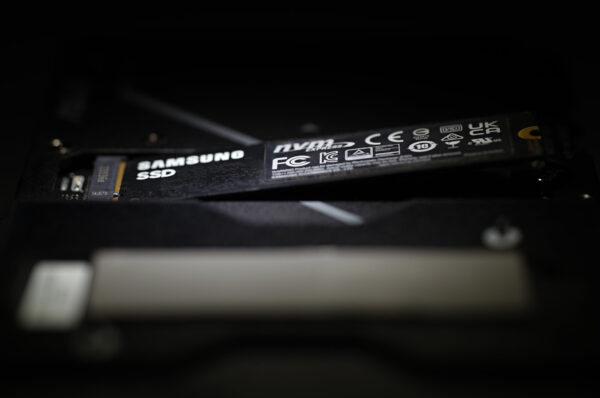
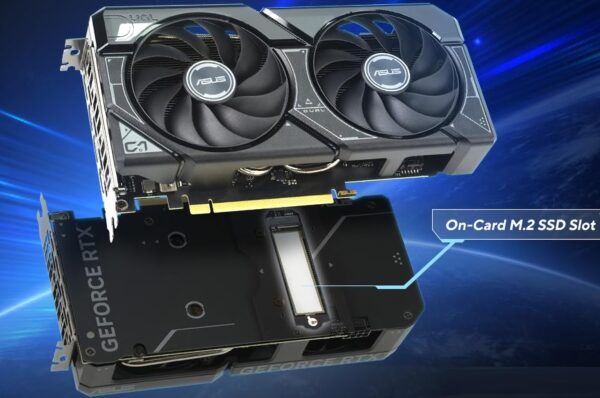
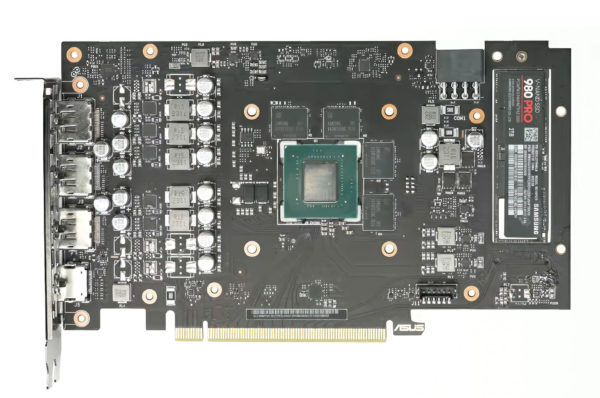
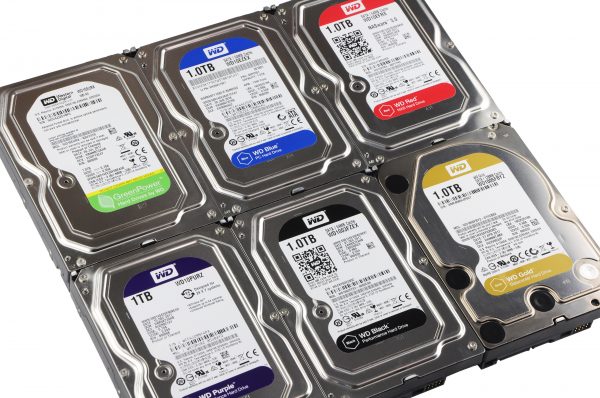
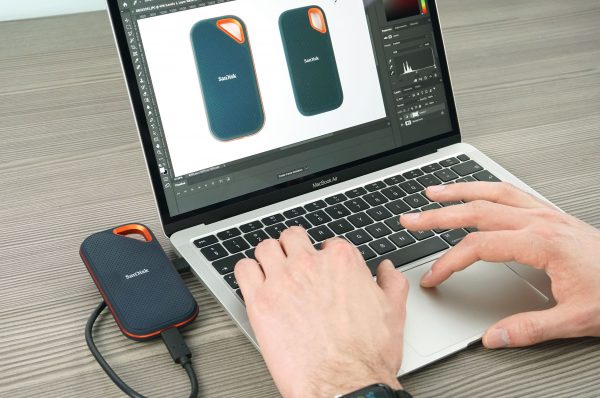
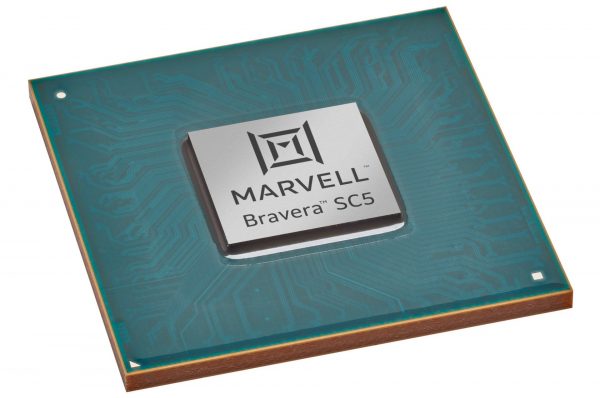
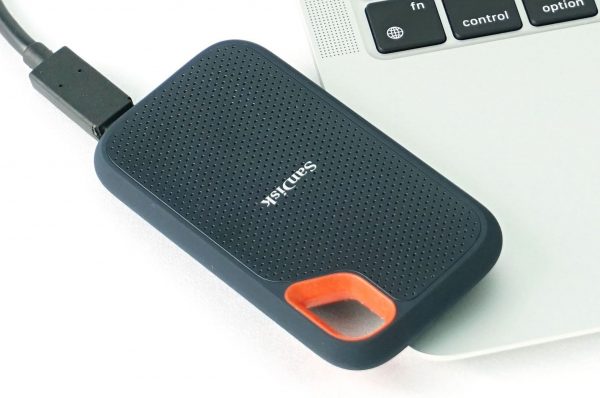
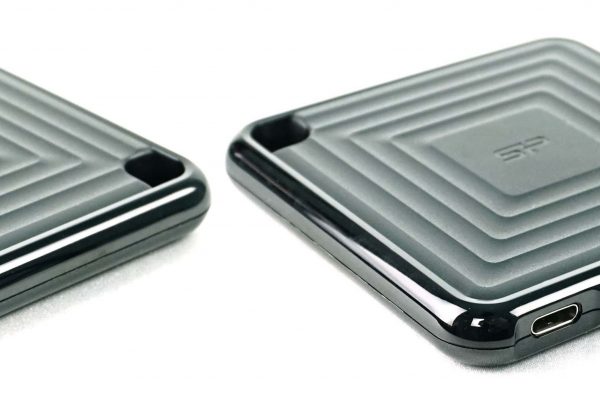
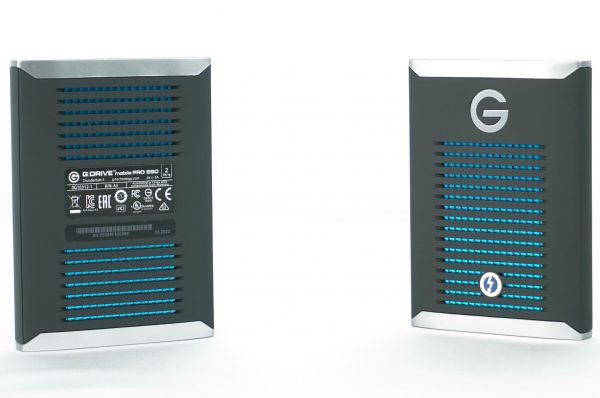
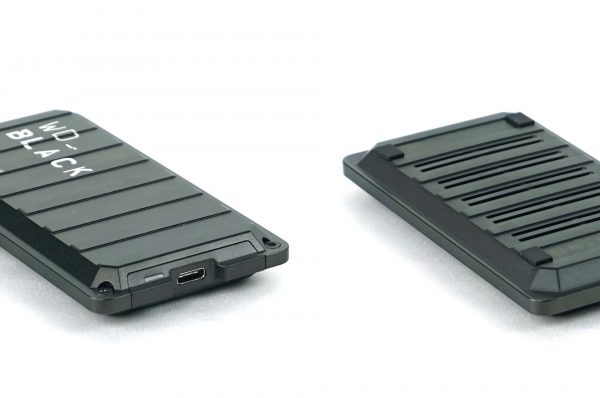
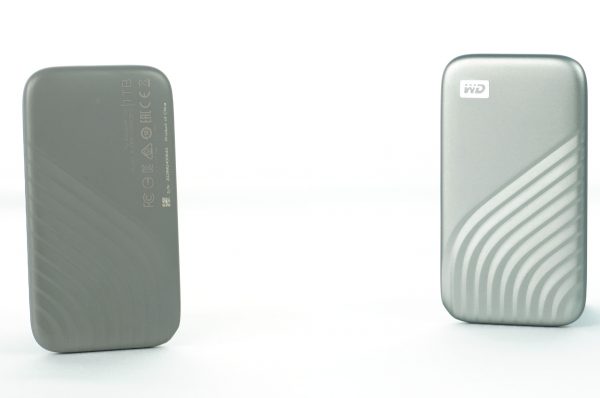
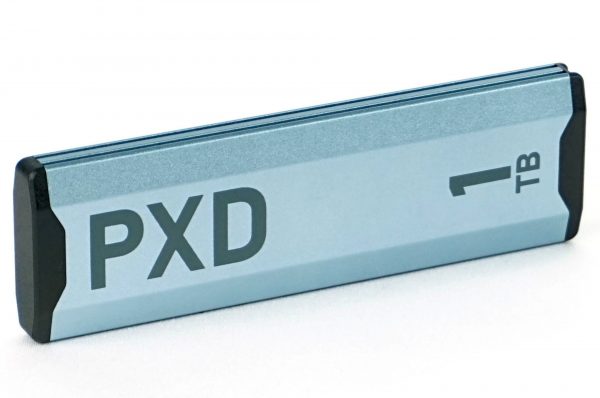
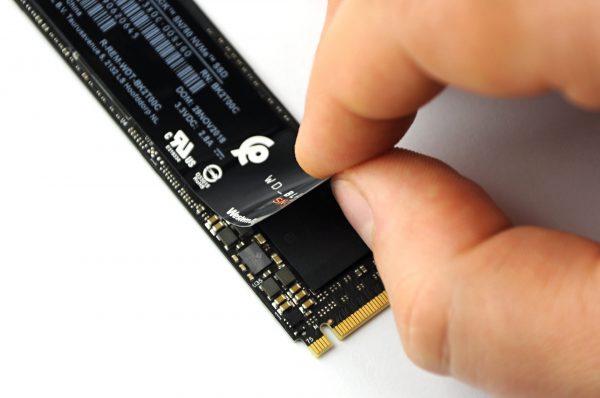
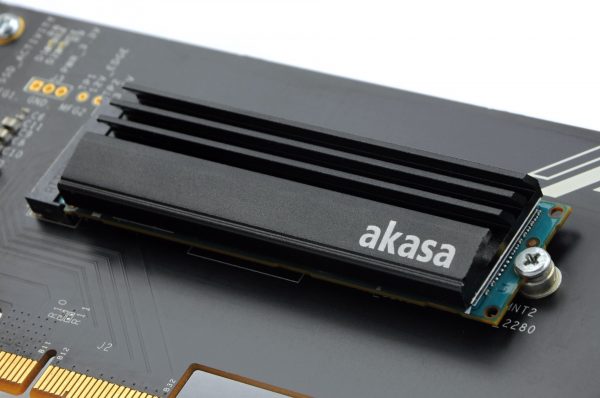
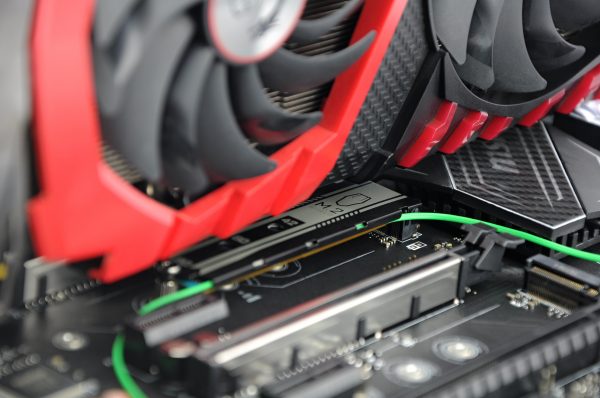



Latest comments